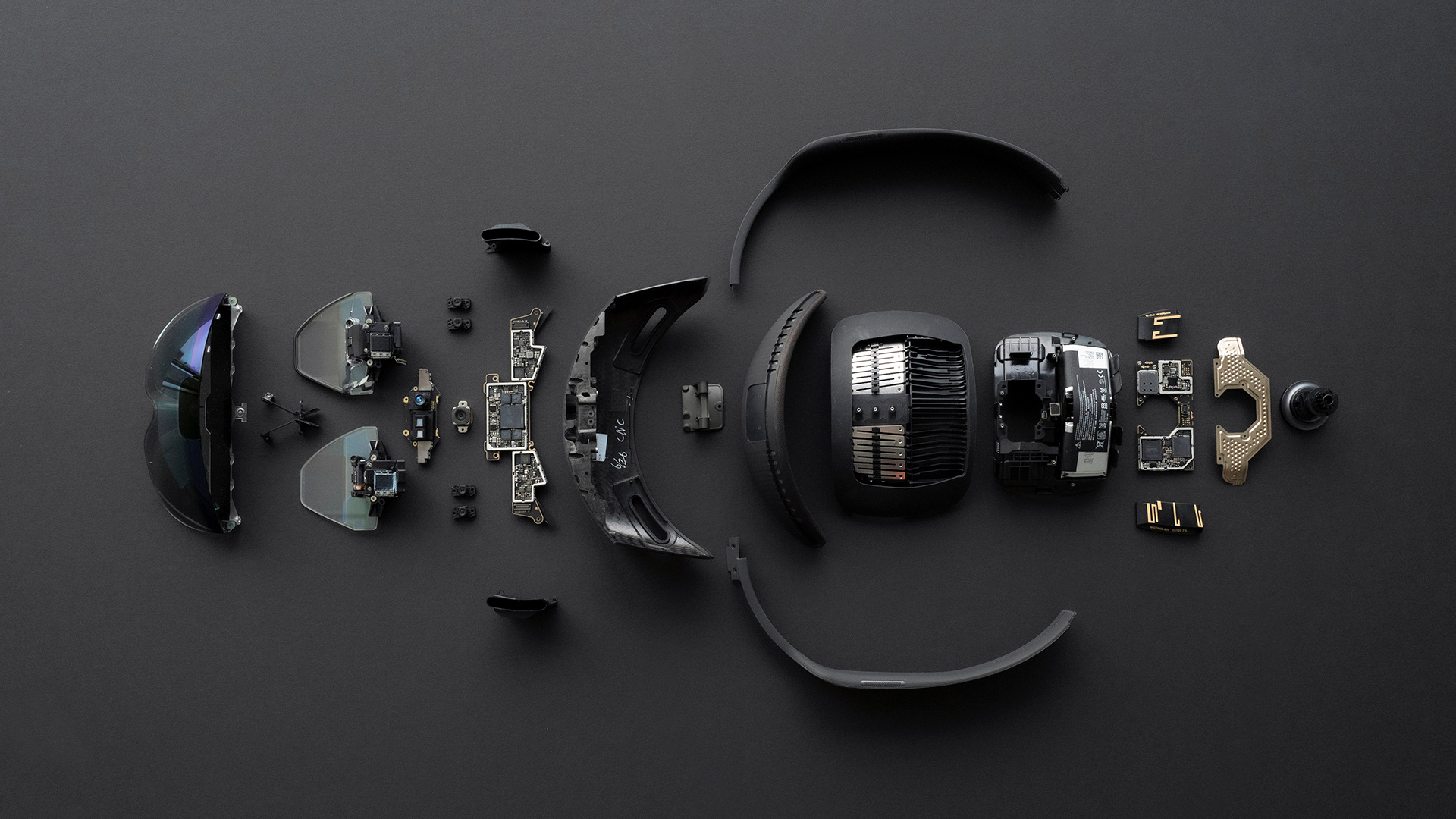 In Augmented Reality and Mixed Reality News
In Augmented Reality and Mixed Reality News
November 7, 2019 – Microsoft has today announced the availability of its HoloLens 2 mixed reality headset. The device, which the company first announced at MWC in February this year, is powered by the Qualcomm Snapdragon 850 Mobile Compute Platform, and does not require a connection to a compute device, allowing users to wear the headset untethered.
The HoloLens 2 headset, which is filled with sensors for holographic computing, uses AI to create an immersive mixed reality experience for users. According to Microsoft Technical Fellow, Alex Kipman, the headset “defines the highest watermark of intelligent edge devices” – AI-capable technologies that can collect and process data even without a reliable internet connection – and that can then share this data with the intelligent cloud when connected.
Through a combination of AI in the headset, and the AI capabilities of Microsoft’s Azure cloud computing platform, the HoloLens 2 will assist heads-up, hands-on workers to learn skills that advance their careers, as well as allow for greater collaboration between teams and individuals, even if they speak different languages and are located on opposite sides of the globe.
The headset features a 52-degree diagonal field of view (FOV), compared with the first HoloLens’ 34-degree FOV, as well eye tracking to help align holograms with a user’s gaze, and hand tracking, which allows for a host of advanced gesture controls. When a user puts on a HoloLens 2, the headset’s in-built hand tracking system uses a neural network AI algorithm to help fit a personalized 3D model to the user’s hands, allowing for the precise tracking required to allow instinctual interaction with holograms.
The hand and eye tracking capabilities, along with other intelligent features such as simultaneous localization and mapping that’s necessary to make holograms appear pinned to the world as a person moves around, are embedded on the HoloLens 2 in the second generation custom chip called a holographic processing unit, or HPU 2.0.
Partner Director of Science at Microsoft, Jamie Shotton, who leads the HoloLens science team in Cambridge, United Kingdom, commented: “Without eye tracking, aligning holograms to the real world – especially the person’s physical hand – would just be impossible to the level of precision needed to allow instinctual interaction”.
Microsoft worked to develop, deploy and leverage AI solutions throughout both the HoloLens 2, Azure AI, and the company’s mixed reality services. The reason being is that, in order for HoloLens to work as envisioned, the technology that underpins the experience needs to understand the world in ways that are similar to the way people do.
The HoloLens 2 is available now for USD $3,500 and is shipping in the US, France, Germany, Ireland, Australia, New Zealand, and the United Kingdom.
Image credit: Microsoft
About the author
Sam is the Founder and Managing Editor of Auganix. With a background in research and report writing, he has been covering XR industry news for the past seven years.
